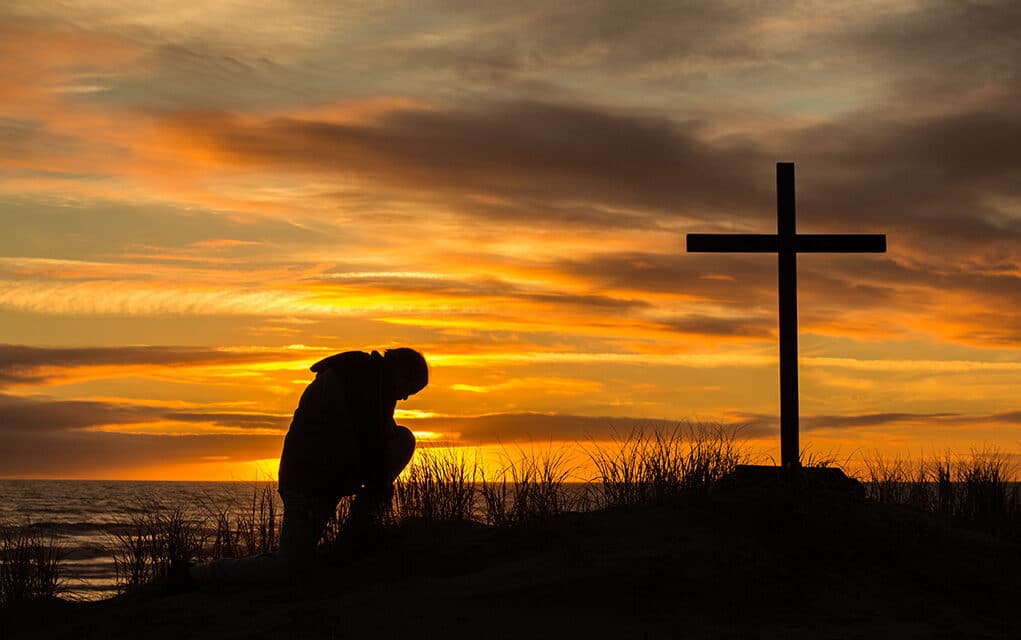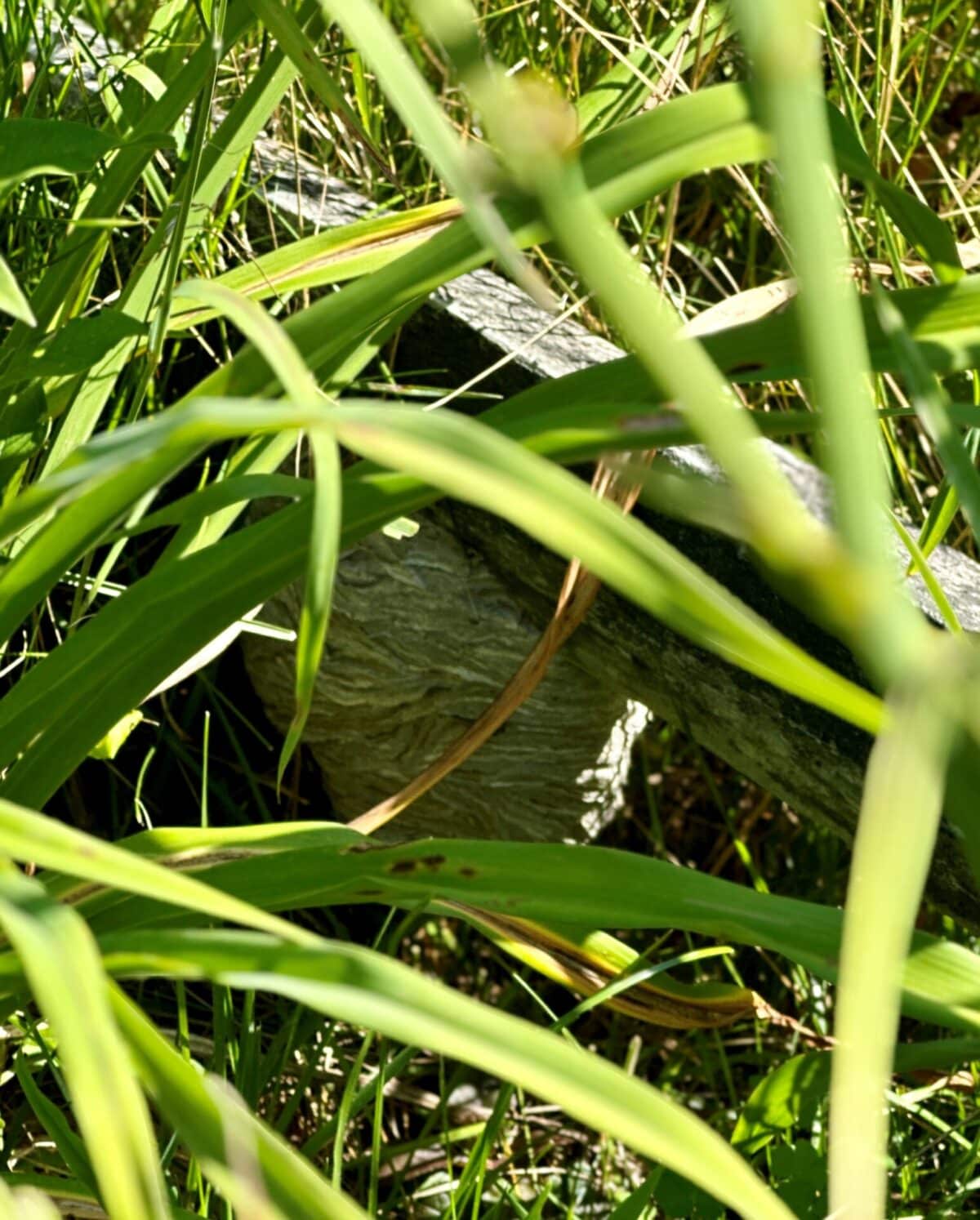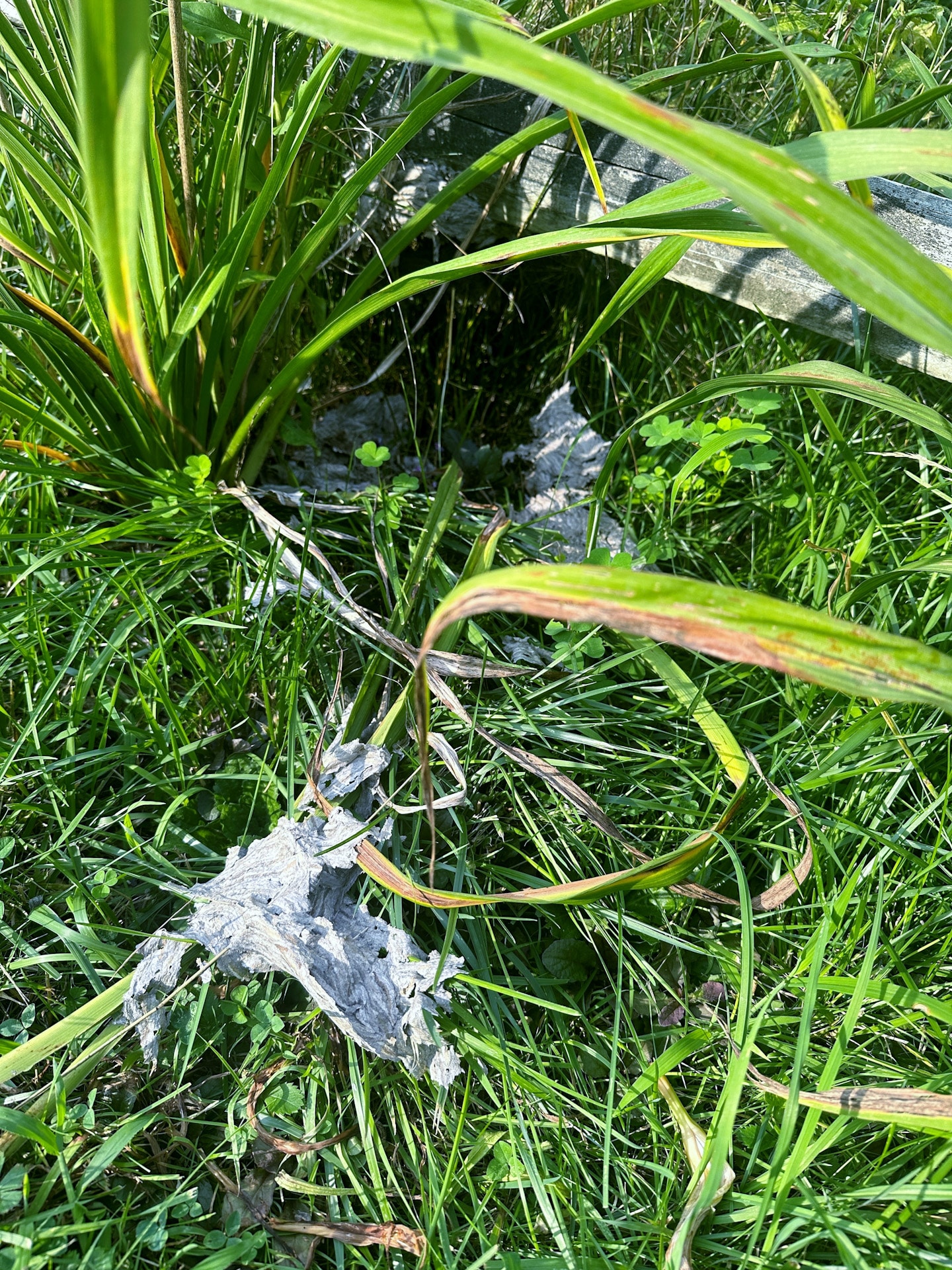What to read next!
All of us are trying to scroll less and read more. But what to read? In this second post in my series about some of the most impactful books that I have recently read, I’m passing along some suggestions for your reading list or Christmas book-giving list. The books are of different kinds, but all of them will motivate positive change in your life and in your Christian discipleship as they have done in mine. This is the second of five planned articles in this series with each post reviewing one book but always listing all five.
- Maxwell, John C. The 15 Invaluable Laws of Growth: Live Them and Reach Your Potential. Center Street, 2012.
- Weissenbacher, Alan. The Brain Change Program: 6 Steps to Renew Your Mind and Transform Your Life. Broad Street, 2024.
- Groeschel, Craig. Divine Direction: 7 Decisions That Will Change Your Life. Zondervan, 2017.
- Caine, Christine. You Are Not Finished Yet: Discovering Your Purpose in the Midst of Life’s Interruptions. Thomas Nelson, 2023.
- Geisler, Norman L., and Frank Turek. I Don’t Have Enough Faith to Be an Atheist. Crossway, 2004.
The Brain Change Program: 6 Steps to Renew Your Mind and Transform Your Life.
Dr. Weissenbacher’s journey
I have found that books which come from cross-discipline environments are often particularly insightful and helpful. Today’s book is one of those. Dr. Alan Weissenbacher started his education in biology and then went to seminary. After that he worked for the Denver Rescue Mission as a chaplain for the homeless, helping to move homeless and addicted people out of an urban setting to a farm and giving them tailored therapy and job training. Eventually, inspired by the struggles of his clients and desiring to improve Christian rehabilitation, Alan enrolled in a doctoral program in neuroscience and spiritual formation. This book is part of the fruitful result of the intersection of Dr. Weissenbacher’s desire to help people change and his scientific knowledge of the brain’s neuron structure.
The Brain Change Program is relatively short and easy to read, but it will take a lifetime to fully put its wisdom into practice. It is filled with interesting illustrations from his practice as a counselor and mentor to addicts and practical advice for you and me as we tackle habits that we personally would like to change.
Discoveries in this book
There were some surprising discoveries in the book. For example, musicians know that they can practice without the instrument and make some progress. Dr Weissenbacher teaches, “Your brain cannot tell the difference between imagining an action and actually doing it, so you can change your brain in your imagination as easily as you could through actual experience” (Page 18).
Other ideas were equally as important but not so surprising. For example, we know it helps to have encouragement from others and our author agrees. “The more people you have on your brain change team, the more likely you are to succeed and make those positive changes permanent” (Page 23). He identifies a couple roles played by other people as we seek change. “We need others to help us identify the parts of ourselves in need of change and to help motivate us to make our brain changes stick” (page 25).
But what is the science behind all this? This book helps us understand the science without making it sound too ivory-tower. “The brain creates new neurons, lays down new circuits, and forms new connections and branches that carry messages to and from other neurons. At the same time, it removes unused connections and prunes dormant and unused neurons, much like the owner of a house plant will prune dead and dying leaves” (Page 27). So, one way that our brains are constantly changing is by creating new cells and assigning them to things we are currently concentrating on. But there is more. “Existing neurons can also change. This is in part how we transform our brain and the actions associated with it: by exercising choice in our thoughts and behaviors. Neurons become stronger through repeated use and weakened through inattention, so we know that they are malleable. Said in another way, continually stimulating a neuron increases its ability to respond, and repeatedly neglecting the neuron weakens its ability to respond. This ability is called neuroplasticity” (Page 29). “Like muscles, frequently used neurons get stronger, and unused neurons atrophy. They follow the, ‘use it or lose it’ concept” (Page 29).
There are many interesting consequences of this science. One is that “People’s brains are uniquely shaped by their jobs. You could even say, ‘change jobs, change your brain.’ You become what you do” (Page 31). I cannot help but think of Paul’s admonition that we be “transformed by the renewing of your mind” (Rom. 12:2). Apparently, this is not just spiritual advice, it is quite literal. As we form new habits of discipleship, our brain’s neurons are wired differently. We literally become new creations modeled after Jesus.
Chapter 2, the title of which begins, ‘Use it or Lose it’ guides us toward some very practical tips for bringing about life changes we desire. “The key to escaping the stronghold is not to attempt to rid yourself of the struggle through sheer willpower but rather to counter it by trying something new, preferably something healthy, productive, and enjoyable” (p. 36”). Our author calls this tactic “addiction replacement therapy” (p. 36). His rationale is that “this approach not only grows a new brain circuit, but it also triggers a release of dopamine, a chemical in your brain that makes us feel happy, thereby rewarding the new activity and consolidating new, neural connections” (p. 37). So, our practical strategy for habit change is this. “Instead of resisting a bad habit, redirect and replace it with a new one” (Page 37). And the key to long-term change is to remember that “whatever you do consistently becomes what you do automatically” (Page 39)! Consistent behavior constructs new neural superhighways.
Chapter 3 is about neural linking. In other words, ‘neurons that fire together wire together.’ “When unrelated neurons forge a link as a result of repeated, associated activities, we create a triggering effect in our brain. That is, our behaviors link with specific stimuli, such as people, places, things, or emotions. As a result, these stimuli become triggers eliciting emotions, behaviors, and even memories. The stimulus and the response share a neural link, so whenever one of the neurons in the shared link fires, the neuron on the other side of the link fires too” (Page 62). This helps us to understand patterns of behavior that are triggered by seemingly unrelated stimuli. A smell might create a strong desire for something. Or a sound might trigger a behavior. How do we change such ingrained associations? Addicts frequently face this dilemma. “The solution to rewiring a neural link is twofold: awareness and preparation” (p. 62)
Sometimes all of us tend to run from our problems. While a temporary respite may be needful, Dr. Weissenbacher warns on the basis of brain research that avoiding the issue is not a good solution. “We have to learn to respond to hard things in positive ways to establish positive neural links. Avoiding or taking a break from our problems and emotions does not serve us. We must expose ourselves to challenging experiences so that we can train ourselves to react and behave in the ways we want and to experience the emotions we want” (Page 66). In other words, avoiding the problem does not rewire our brains for the future.
Five Steps to Change
Chapter five summarizes Dr. Weissenbacher’s 6-step brain change program, which is designed to help us to make progress in our own personal development. It especially helps with those most difficult areas- the ones complicated by half-buried traumas and stubborn bad habits. In a nutshell, here are the steps.
- Identify the thought or behavior that you seek to change. Expect to find complexity.
- Evaluate it. Often this leads to greater self-awareness and understanding.
- Replace, don’t resist! “You may have to replace a negative thought or behavior again and again but keep at it. Any amount of neglecting the old thing weakens it” (P. 127).
- Retrain with Imagination. Right thinking pays off too. “The more you practice good actions in your mind, the more likely you are to convert those good actions into automatic behaviors” (p128).
- Introduce a new element. “Disrupt harmful, problematic neural links by introducing new, positive elements and emotions” (p. 129).
I highly recommend this book.
It is a must read for leaders who counsel others. It is short and easy to read. I found this book shed very practical light on my own journey; it added concreteness to my discipleship. It helped me identify neural links in my own life, some old and some newly forming. Some are healthy and some need to be changed. Sometimes our thinking about spirituality becomes rather mystical or other-worldly in an unhealthy way. This book taught me that good spiritual disciplines are producing real world changes in me that are preparing me to better handle tomorrow.




















































